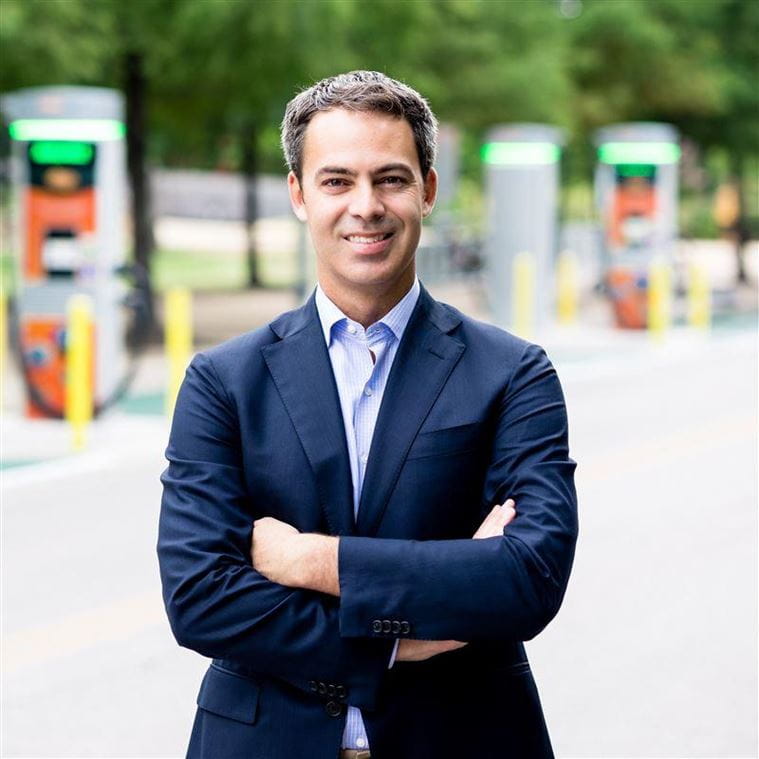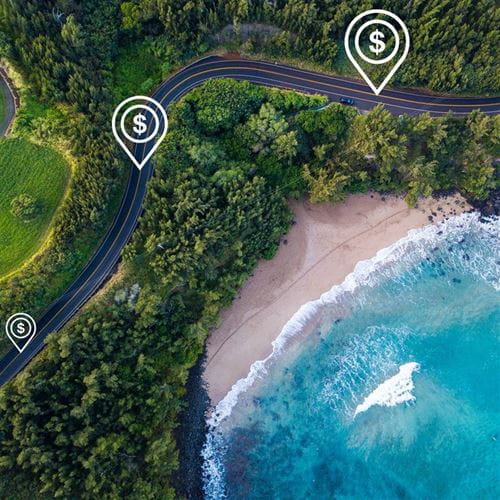Establishing a Model for Road Usage Charging (RUC) Policy Development in Washington
State DOTs and commissions, along with special legislative and gubernatorial task forces and other regional agencies, have been actively exploring alternative funding mechanisms like road usage charging (RUC) systems for over two decades. Though widely recognized as a leading contender to replace the gas tax to fund future infrastructure investment, RUC systems still face public acceptance and political challenges. These key impediments tend to fall into three categories: difficulty articulating a persuasive case for RUC to a skeptical public, insufficient political support of policy change, and formidable technical complexities.
Several states have overcome these impediments and advanced RUC from concept to pilot testing; some have even enacted laws to create small-scale RUC systems. The Washington State Transportation Commission (WSTC) is an organization that has helped Washington successfully move from exploration of RUC to pilot testing and eventually to a proposal for a small start-up RUC system.
“Our work in Washington has served as a model for how other states and even the federal government should approach RUC projects,” said deputy project manager Travis Dunn. “The Legislature identified a long-term problem with the gas tax very early on. They established a process for turning a shared vision for a more equitable, sustainable road funding system into reality,” he said.
The key, Dunn said, was a policy- and people-focused approach that addressed the legal, fiscal, operational, and user acceptance impacts of a RUC— taking into consideration public input, extensive research, statewide public engagement and detailed analysis of the participant feedback and system performance of a federally funded pilot program.
The success of this pilot relied on the fact that we took the time to listen to residents’ and stakeholders’ specific concerns before we launched into any technology or system design.
Garnering Support Through a Well-Executed Pilot Program
In 2012, the Washington State Legislature directed the WSTC, in close cooperation with Washington State Department of Transportation (WSDOT) and with guidance from a multi-stakeholder steering committee, to assess RUC, determine its feasibility, and study a number of policy issues. The work culminated in a robust year-long pilot program where 2,000 participants from across the state tested a mock 2.4-cent pay-per-mile charge to determine if RUC could effectively replace the gas tax as a sustainable, long-term funding source for the state. Participants selected one of five reporting options to record and report their mileage traveled and were encouraged to provide feedback on their personal experiences so WSTC and its partners could better understand the implications and impacts of a RUC system on end users.
After participating in the RUC pilot, drivers from all over Washington weighed in with their views on the system. Based on the results of surveys administered at different intervals in the project, test drivers became more favorable towards a RUC over the gas tax, with 68% of respondents preferring a RUC over the gas tax or preferring it equally to the gas tax by the end of the pilot, while 19% preferred the gas tax. Moreover, the number of undecided participants dropped from 26% at the beginning of the pilot to just 8% by the end.
“The success of this pilot relied on the fact that we took the time to listen to residents’ and stakeholders’ specific concerns, issues and recommendations before we launched into any technology or system design,” said project manager Jeff Doyle. “We were then able to use that feedback to design a customized program based on those acceptance factors, which put us in the best position to build consensus around RUC as a fiscal policy.”
In January 2020, the WSTC submitted a report that includes analysis and findings of the legal, fiscal, operational, and policy impacts of a road usage charge and provides 16 recommendations for how RUC could be implemented in Washington. A draft bill was recently introduced and is currently pending.
Our work in Washington has served as a model for how other states and even the federal government should approach RUC projects.

This project established a process for turning a shared vision for a more equitable, sustainable road funding system into reality.











